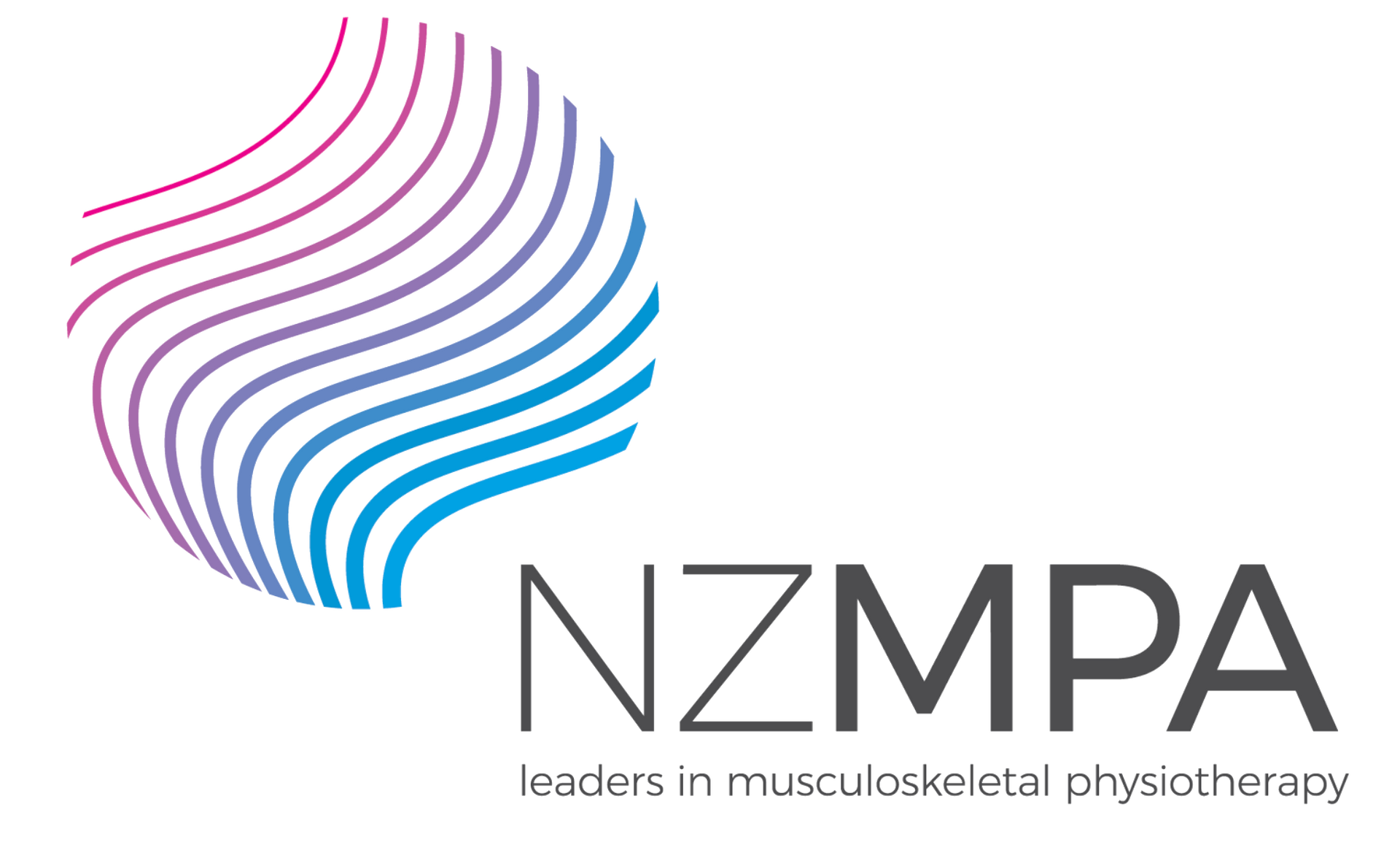Manipulation and Manual Therapy in Kapiti Coast & Levin
These are specific techniques a physiotherapist uses to mobilise or manipulate the spine and peripheral (limb) joints. The aim is to reduce pain, increase range of joint movement, reduce inflammation and induce relaxation. Manual therapy techniques include joint mobilisation, manipulation, manual traction, and specialised stretching (PPM).
Spinal mobilisation refers to passive movements within a normal range of movement within a joint, without cavitation or the popping sound inherent to manipulation. These are graded 1-5, with 1 being a tiny amount of movement and 5 being the most. Typically, a grade 5 mobilisation is considered to be a manipulation.
Spinal Manipulation refers to passive movement of short amplitude and high velocity, which moves the joint beyond its normal range of movement. This is accompanied by cavitation, or gapping of the joint that results in an intrasynovial vacuum phenomenon thought to involve gas separating from the fluid. Research indicates that this often results in pain reduction.
Are Physiotherapy and Chiropractic Manipulation the Same?
There is absolutely no pathophysiological rationale to suggest one form of manipulation is better than another. At the end of the day, it comes down to personal choice and the ability of your physiotherapist to manipulate in a way that makes you satisfied. Amongst physiotherapists, the widely accepted difference between a physiotherapist and a chiropractor is that a physiotherapist focuses on self-management and is trying to get you out of the clinic fixed as soon as possible – whereas a chiropractor infers that bone alignment is your issue and it will take a sustained lifelong effort to resolve – you decide which system works best for you and your wallet!



